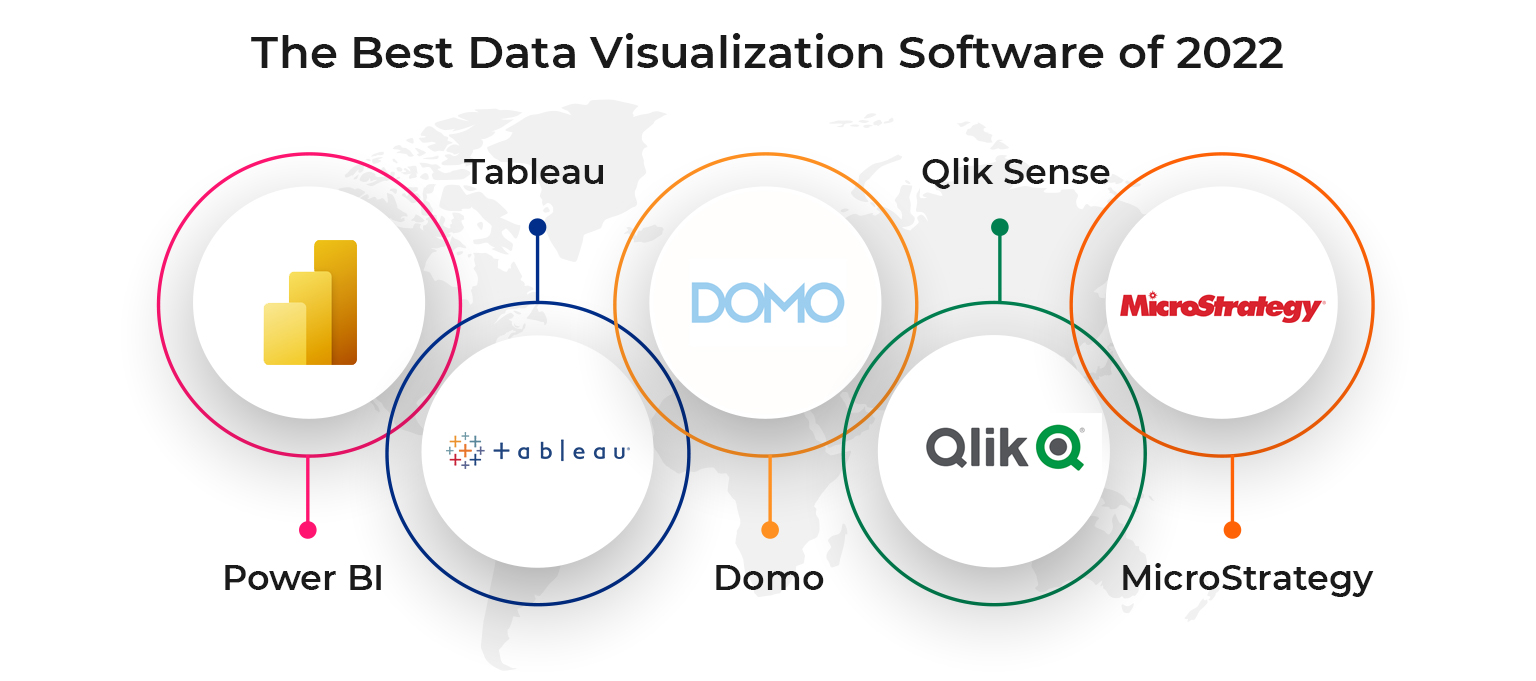Rise by Six: Your Daily Dose of Inspiration
Explore insights and stories that elevate your day.
Visualize This: Transforming Data into Stories
Unlock the power of data storytelling—discover how to turn numbers into compelling narratives that engage and inspire!
Unlocking the Power of Data Visualization: Key Techniques for Storytelling
Data visualization is an essential skill for any modern storyteller, as it transforms complex information into engaging narratives that resonate with audiences. By utilizing various techniques—such as interactive charts, infographics, and heat maps—data can be presented in a way that highlights key insights and trends. One of the most effective approaches is to implement the Gestalt principles of grouping and similarity, which help viewers understand relationships within the data at a glance. Additionally, incorporating color schemes and aesthetics can evoke emotions and drive your message home, making the data not just informative, but also compelling.
Another key technique in data visualization involves the use of storytelling frameworks to guide the audience through your data. This can be achieved by structuring your presentation into a clear narrative arc: starting with a hook to grab attention, followed by the context that sets the stage for your data, and finally, a resolution that emphasizes the key takeaways. By refining your storytelling approach, you can ensure that your audience not only understands the data but is also inspired to act upon it. Remember, the ultimate goal of data visualization is not just to present numbers, but to create a meaningful story that resonates with and influences your audience.

From Numbers to Narratives: How to Communicate Insights Effectively
In a world awash with data, transforming numbers into compelling narratives is crucial for effective communication. Data can often seem overwhelming, yet it holds powerful stories waiting to be unveiled. By utilizing techniques such as visualization, you can turn complex datasets into relatable visuals that resonate with your audience. For instance, incorporating pie charts or infographics can simplify intricate statistics and enhance understanding. Furthermore, framing these visuals with a clear narrative can guide your audience through the insights, making the data more digestible and engaging.
It’s essential to remember that behind every number is a human experience. To communicate insights effectively, start by identifying the key message you want to convey. Ask yourself: What story does this data tell? Once you pinpoint the narrative, you can emphasize it with quotes or testimonials that highlight real-world implications. Consider using bullet points to summarize key findings, thereby allowing your audience to grasp the crucial aspects quickly. In this way, you can create a seamless blend of data and storytelling that ultimately fosters understanding and encourages action.
What Makes Data Visualization Effective? Tips for Creating Compelling Visual Stories
Data visualization is a powerful tool that helps distill complex information into easily digestible insights. To create effective visualizations, it is essential to understand your audience and tailor your visuals to their specific needs. Begin by determining the key message you want to convey; this will guide your design choices. Utilize color effectively, ensuring it enhances comprehension rather than distracts from the message. For instance, using contrasting colors can highlight important data points, while muted backgrounds can keep the focus on the data itself.
Another crucial aspect of creating compelling visual stories is to maintain clarity through simplicity. Avoid clutter and excessive information that can overwhelm the viewer. Instead, employ charts and graphs that represent the data clearly and concisely. Incorporating visual hierarchies, such as larger font sizes or bolder colors for significant elements, will guide the viewer's eye naturally across the visualization. Lastly, consider providing context through concise annotations or titles, which can enhance understanding and ensure your audience grasps the narrative behind the data.